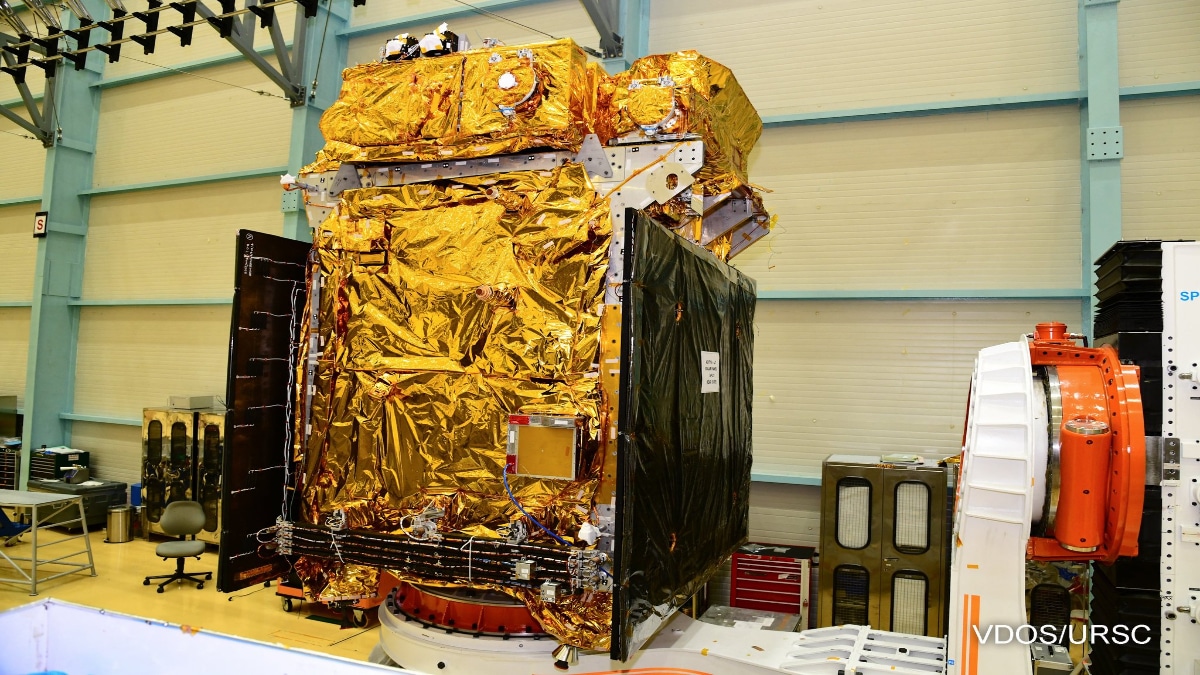Aditya-L1, India’s space-based solar observatory, has successfully reached its destination after a challenging 127-day journey. Announcing the achievement on social media, Prime Minister Narendra Modi praised the dedication of Indian scientists to this complex mission. Aditya-L1’s final stop is the Sun-Earth Lagrange Point 1 (L1), strategically chosen to offer an uninterrupted view of the Sun for its entire five-year mission. Unlike other locations, L1 ensures Aditya-L1 won’t face any blockages from celestial bodies during its observations.
India creates yet another landmark. India’s first solar observatory Aditya-L1 reaches it destination. It is a testament to the relentless dedication of our scientists in realising among the most complex and intricate space missions. I join the nation in applauding this…
— Narendra Modi (@narendramodi) January 6, 2024
The mission’s primary instrument, the Visible Emission Line Coronagraph (VELC), acts as a reflective coronagraph, selectively revealing the Sun’s corona. Positioned at L1, the gravitational forces will balance, allowing Aditya-L1 to maintain a stable and fuel-efficient orbit. The spacecraft will orbit 1.5 million kilometers from Earth and 148.5 million kilometers from the Sun, granting a unique perspective without succumbing to the Sun’s intense heat.
Aditya-L1, now stationed at the Lagrange point, will continue its scientific exploration, observing high-energy particles, capturing X-rays from solar flares, and studying various aspects of the solar atmosphere. Expected to provide crucial insights into coronal heating, space weather dynamics, solar flares, and interplanetary medium, Aditya-L1’s tailored payloads focus on unraveling the mysteries of our Sun.


